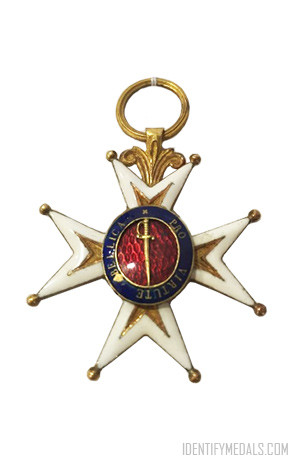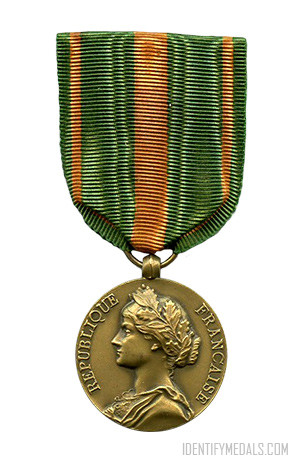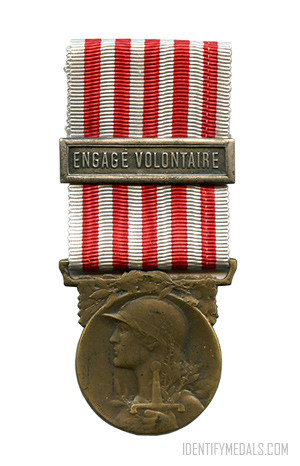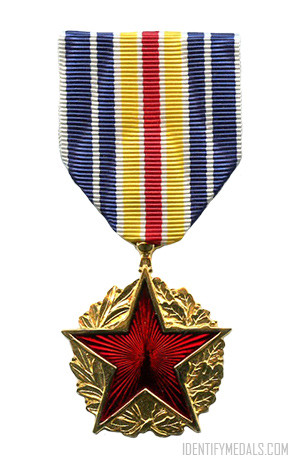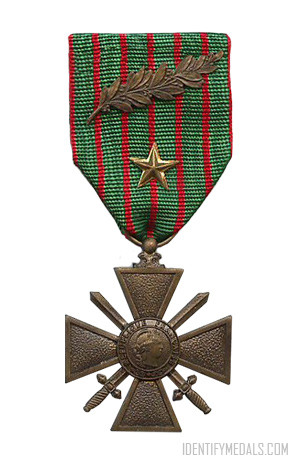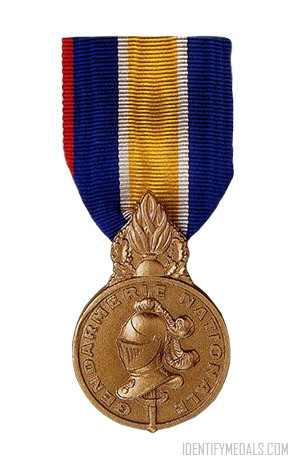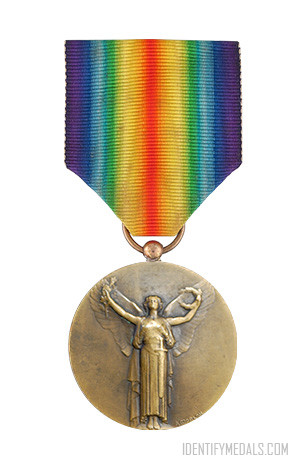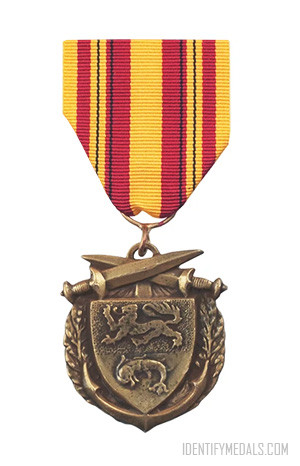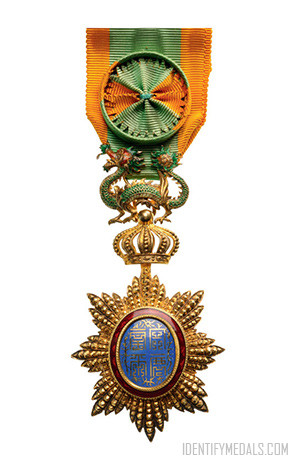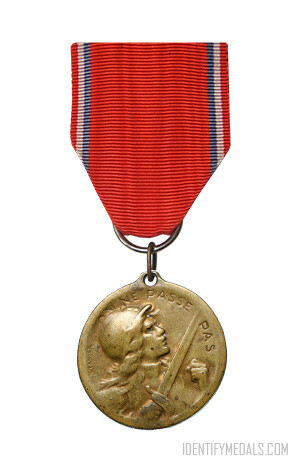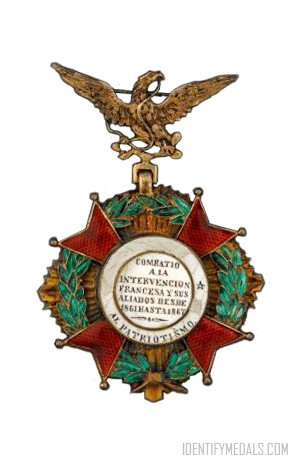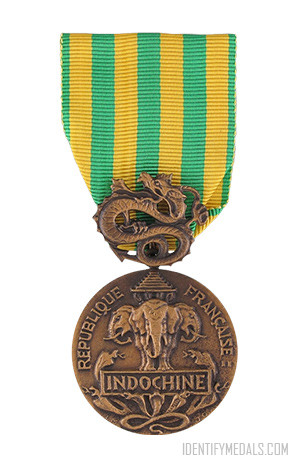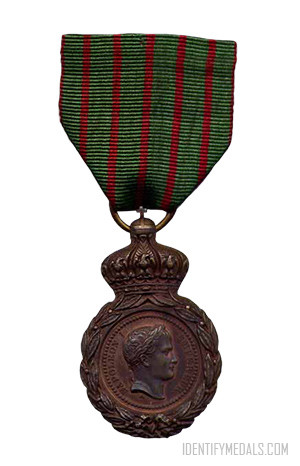The Order of Military Merit, initially known as the Institution of Military Merit (or Institution du Mérite militaire) was an order of the French Ancien Régime created on 10 March 1759 by King Louis XV. It was created to reward the non-Catholic officers of the French Army.
By the 18th Century there were regiments of Swedish, German, and Swiss troops in service to France, the most famous being the Swiss Guards. Since many of these regiment’s officers were Protestant there lacked a suitable reward for distinguished service. The Order of Saint Louis was intended as a reward for exceptional military officers, but could only be awarded to those of the Roman Catholic faith. King Louis XV created the Institution du Mérite militaire to be an outward sign of distinction, but not an order since French orders were limited to Catholics.
In 1792, after the proclamation of the Republic the Décoration Militaire was abolished. King Louis XVIII continued to make awards of the order while in exile. On 28 November 1814, during the restoration Louis XVIII reaffirmed the Order of Military Merit, increasing the number of Grand Crosses to four and Grand Cordons to eight. The ribbon color was also changed to match that of the Order of St. Louis. The last appointment to the order was made in 1829.
The Order of Military Merit Design
Presented in three grades the names of which were formalized as Knight, Grand Cordon, and Grand Cross in 1785, mirroring those of the Order of St. Louis. King Louis was careful to promote the prestige of the award by appointing the most talented officers. The first Grand Crosses were presented to Swiss Field Marshal Count Waldner and German Lieutenant General Prince William of Nassau-Saarbrücken.

